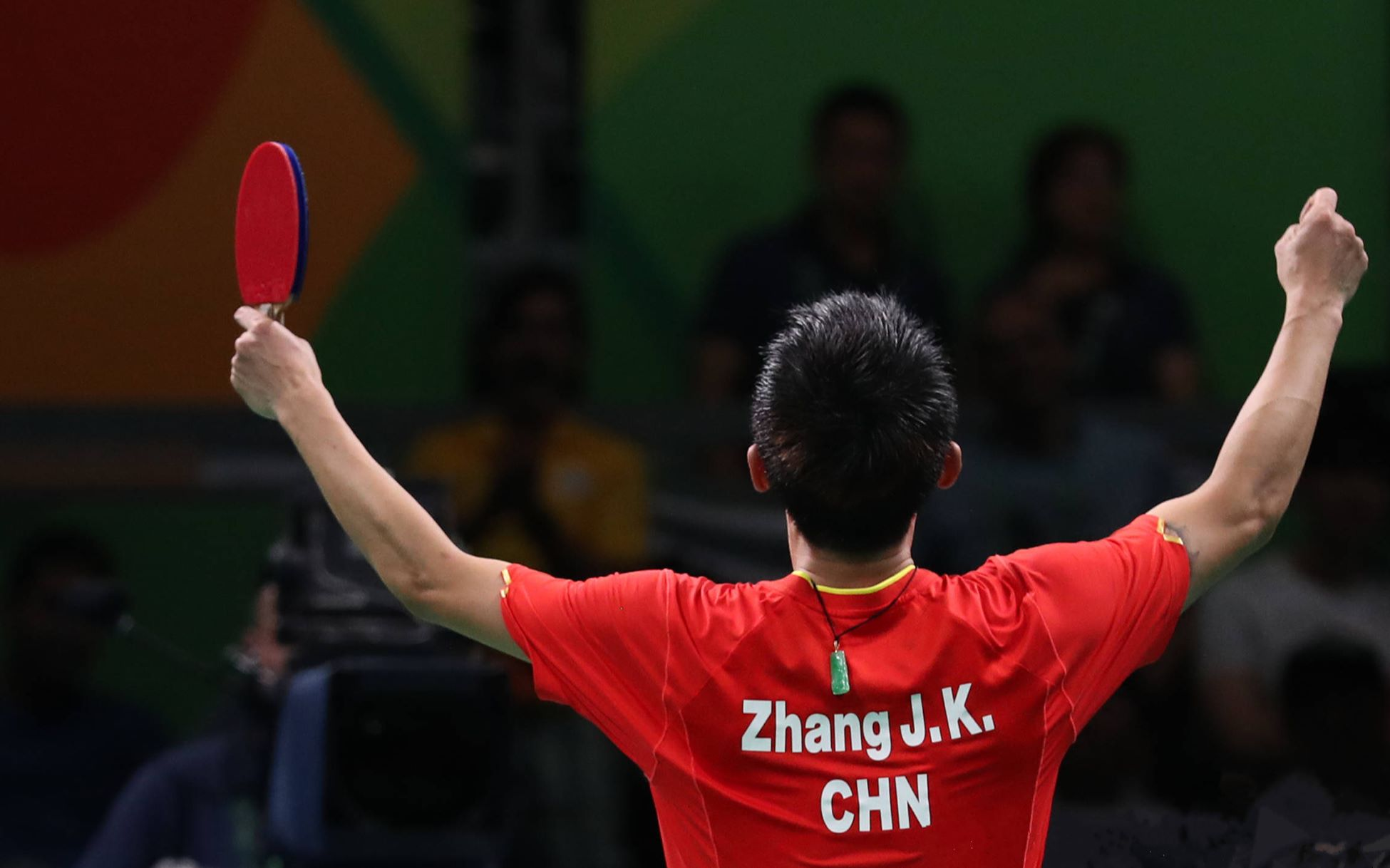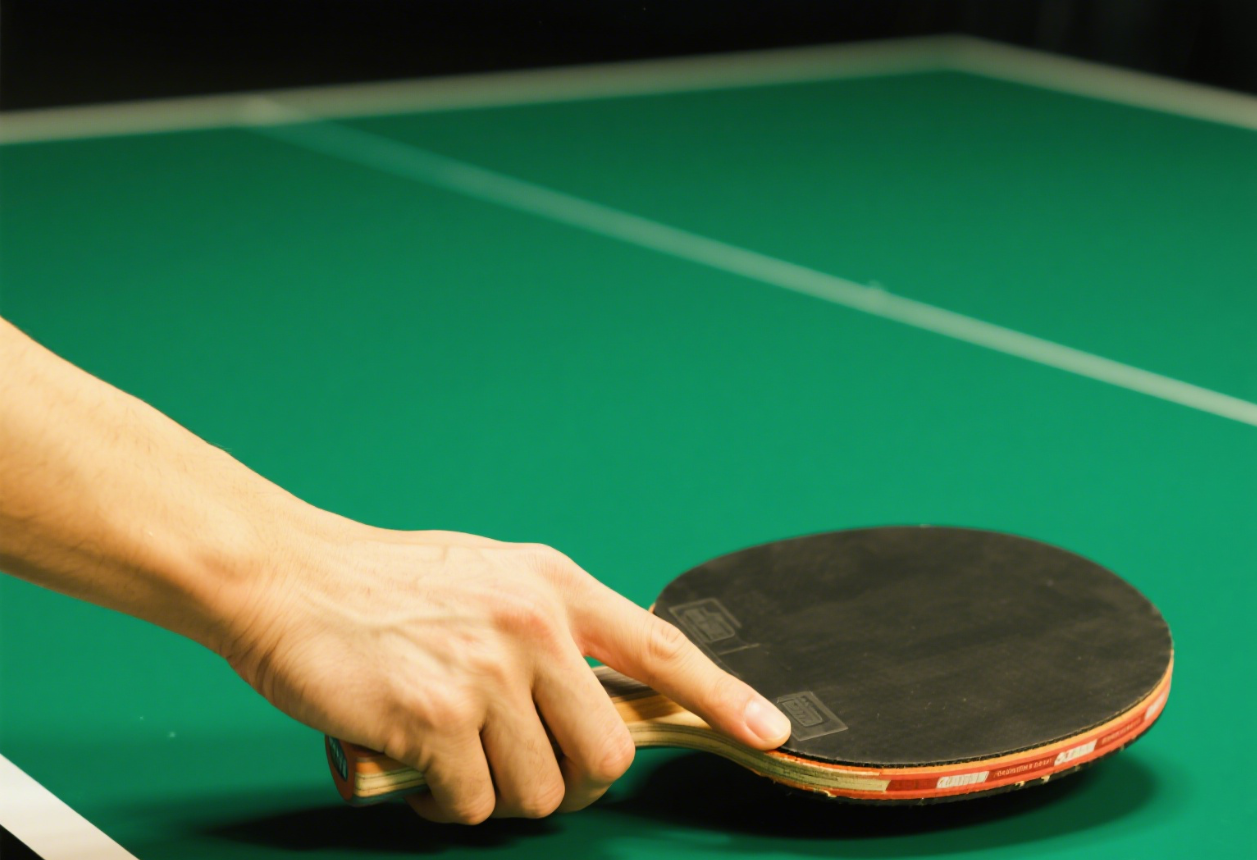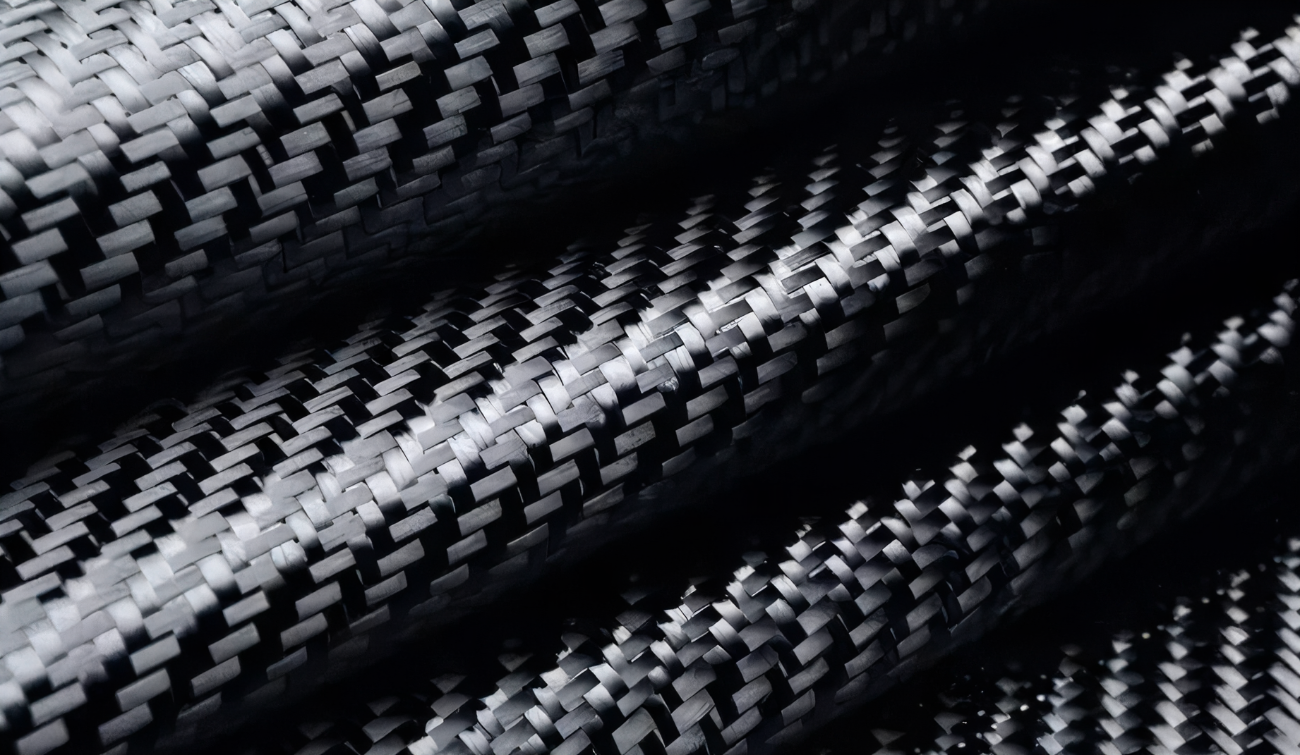At the 2012 London Olympics Men’s Singles Final, Zhang Jike secured victory with a Viscaria carbon fiber blade, marking the first time carbon fiber technology triumphed on the sport’s highest stage and ushering in the "fiber era" for table tennis equipment. As China’s national sport, table tennis boasts a deep grassroots following and is an excellent activity for honing agility, reflexes, and endurance. During matches, the blade plays a pivotal role, directly impacting power transfer, shot quality, speed, and spin control. Traditional blades relied primarily on imported woods like hinoki, prized for their durability and feel.

With advancements in materials science, fiberglass, carbon fiber, and aramid fibers have become increasingly prevalent in sports equipment manufacturing. Carbon fiber composite blades, in particular, have gained popularity among professionals and amateurs alike for their lightweight construction and exceptional resilience, which provides superior cushioning during ball impact. This article delves into the performance characteristics of carbon fiber blades, highlights their advantages in the sport, and explores their future potential.
Evolution of Blade Structure and Materials
Carbon fiber composites are gradually replacing solid wood, offering stronger yet more flexible blade designs. According to International Table Tennis Federation (ITTF) regulations, natural wood must constitute at least 85% of a competition blade’s composition. Thus, commercially marketed "carbon fiber blades" are not fully carbon-based but instead utilize composite structures. Below are cross-sections of two renowned domestic carbon fiber blade models:
"3+2" Structure (Early Standard):
Three wood layers alternate with two carbon fiber layers. This design delivers powerful strikes and crisp feedback. However, as the ball size increased and player techniques evolved (e.g., more complex pushes, loops, and extended rallies), the "3+2" structure’s cushioning limitations made it less suitable for elite players, fading from professional use.
"5+2" Structure (Current Standard):
The dominant choice today. Its layers are:
Outer ply (surface): Rosewood/Blackwood
Second & fifth layers: Carbon fiber composite
Third & sixth layers: Primarily ayous wood
Core: Combination of paulownia and ayous wood
Precision bonding and compression techniques integrate these layers.

Blade Types and Selection
While diverse blade types exist, "3+2" and "5+2" structures remain most common. As the racket’s core component, blade materials directly influence performance and feel. Though "5+2" dominates professional play, "3+2" blades retain amateur appeal for their affordability and exceptional smashing feel.
Classification of Carbon Fiber Blades
Carbon fiber blades are categorized by carbon content and fiber form, varying in performance and price:
Heavy Carbon Blades (Full-Carbon Blades):
Carbon content reaches up to 15% of total mass—maximizing ITTF limits to leverage carbon fiber’s full potential.
Light Carbon Blades:
Optimize feel while retaining carbon’s speed advantages, aiming for a wood-like playing experience.
Performance Analysis of Carbon Fiber Materials
Performance traits vary by fiber form and manufacturing:
Woven Carbon Fiber Blades:
Pros: Unique fiber-layer design ensures solid support, excelling in chops, pushes, loops, and smashes. Offers rapid rebound and significantly higher ball speed vs. wood blades.
Cons: High production cost and complex craftsmanship.
Chopped Carbon Fiber Blades:
Pros: Excellent overall deformation control, prolonged ball contact, and strong "resilience after impact." Highly functional.
Cons: Weak inter-fiber connectivity.
Positioning: Targets mid-to-low market, ideal for amateurs.
Granular Carbon Blades:
Pros: Simple production process and structure; low cost.
Cons: Limited effectiveness in boosting speed or control.

Take Action Now – Partner with Dr. Reinforcement to Shape a "Lightweight Yet Strong" Future!
Whether you’re a sports equipment manufacturer pursuing peak performance or a brand seeking competitive edges, Dr. Reinforcement is your trusted carbon fiber solutions partner.
Contact us for samples and product details!
Experience how our high-performance bidirectional carbon fiber fabric can elevate your products and redefine athletic excellence.
Dr. Reinforcement – Lightweight Solutions Expert, Helping You Win Every Gram!
Email:[email protected]
WhatsApp: +86 19121157199
 Hot News
Hot News